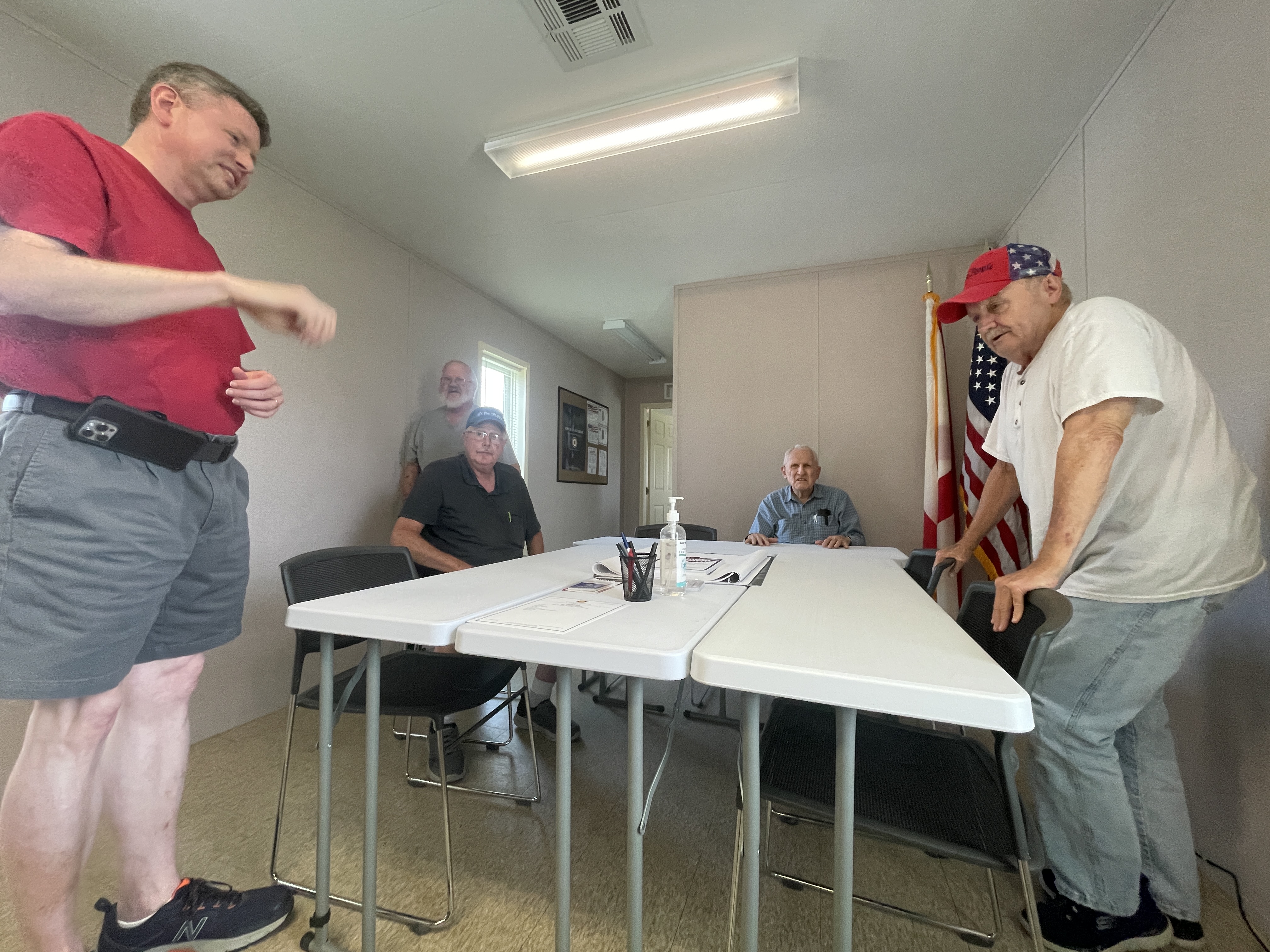Our view: Talk to your kids about school violence
Published 12:00 am Tuesday, September 10, 2024
Wednesday morning, thousands of Georgia students and teachers made their way into their classrooms for what seemed like just an ordinary day. But tragedy quickly seared through the monotony at Apalachee High School as two students and two teachers were killed in a senseless shooting rampage. A 14-year-old and his father have since been charged with the crimes, which also injured nine others.
It marks the 23rd such shooting this year, according to data compiled by the news organization Education Week.
As we mourn this tragedy that hits far too close to home, many parents are also grappling with how, or if, to discuss the events of this week with their children. They must also have serious conversations about school violence and school safety.
The conversation may not seem easy, but taking a proactive stance, discussing difficult events age-appropriately can help a child feel safer and more secure.
Here are a few suggestions for parents offered by the nonprofit Save the Children to get the conversation started:
— Start the conversation. It may never seem like the right time to start a discussion about school shootings with your child. But, not talking about it can lead to worry and confusion while also opening the door to misinformation.
— Emphasize safety. Avoid graphic details. Start by asking your child what they already know about school shootings. Allow them to express their concerns and ask questions. Reassure them and be honest — don’t lie to them. Address any inaccurate concerns that they may have (e.g., school shootings happen frequently; children are not safe at school).
— Look for leaders and discuss their roles. Remind your child that adults — teachers, leaders and first responders — are working every day to keep them safe at school. The emergency drills that they may practice in the classroom are an example of this. Talk about people who are helping.
— Watch for signs of trauma.It’s normal for children to be a little anxious about school shootings and emergency drills. If children appear extremely fearful, angry or withdrawn during or following an exercise, seek professional help. Involve mental health professionals in the development and implementation of drills and exercises.
— Tell the truth. If you don’t know an answer be honest and say that you don’t know. Oftentimes we as adults are at a loss for answers, particularly to events of the magnitude of this week.
— Seek outside help. If you need to and know that there are resources available — at school, at church, and through mental health professionals.
— Make it a normal day. Try to maintain a typical schedule so kids feel the safety of regularity. But feel free to indulge in extra comfort and togetherness.
— Listen. Listen to their fears and concerns. Allow them to express their thoughts and feelings.
— Offer reassurance. Reassure them that you will do everything you know how to do to keep them safe and to watch out for them.
Lastly, emphasize the importance of the mantra “see something, say something.” So many recent acts of violence at schools revealed red flags when analyzed in hindsight.
Your children may also have questions about why guns are so prevalent in our society or what can be done to prevent gun violence at schools. This can be an opportunity for you to fully engage with them about your opinions and beliefs on the topic. Learning together is an excellent way to bond and a way to regain a feeling of control in a frightening moment.
These conversations will never be easy but they are necessary.





